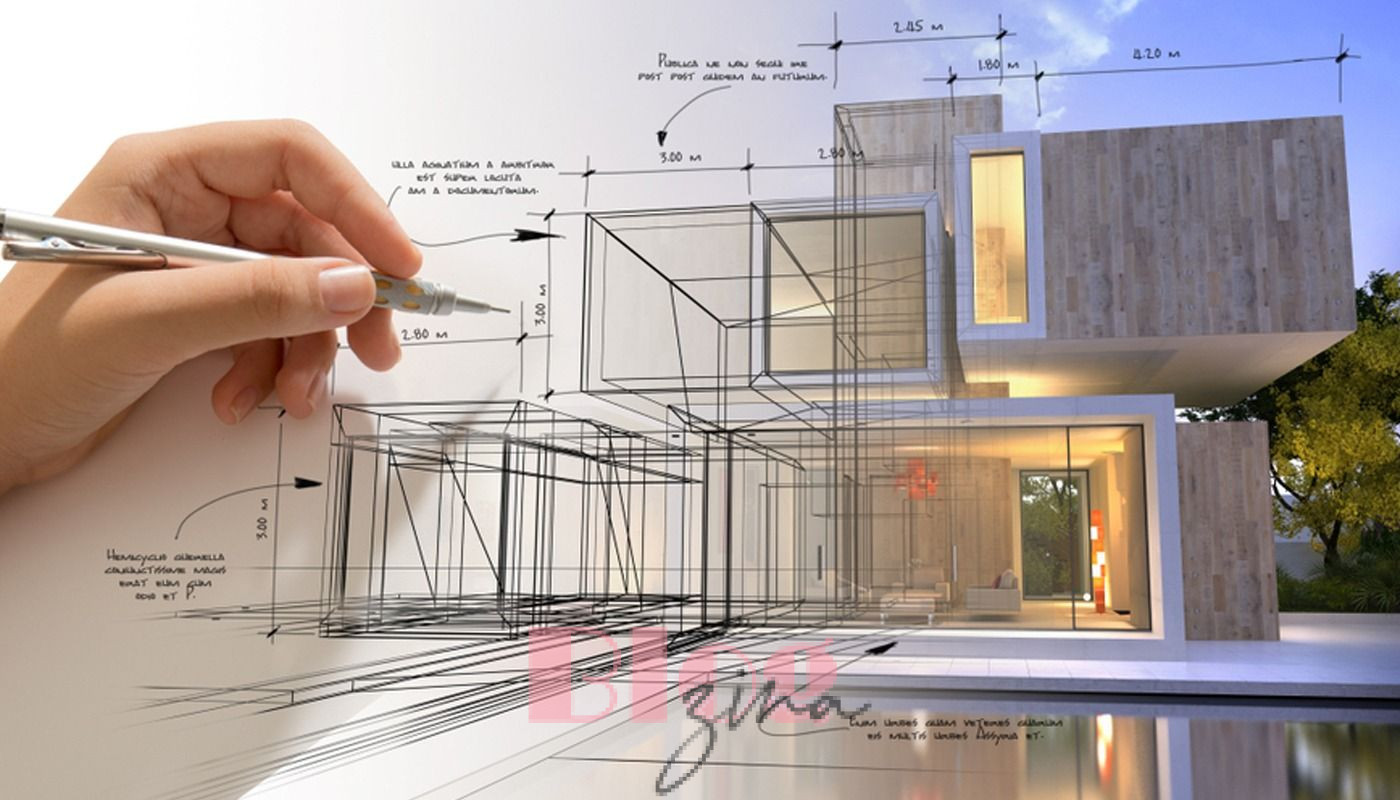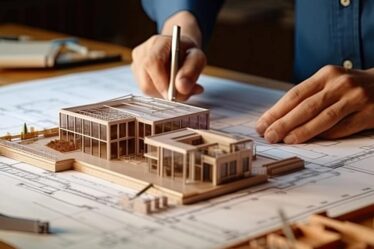
In the intricate world of architecture, efficiency and precision hold dominant roles. The ability to balance aesthetic appeal and functional utility, while adhering to regulatory norms and safety standards, distinguishes an exceptional architectural draft from an average one. There is a fine line between a well-crafted design and a potential disaster, separating the amateurs from the professionals. This line is often determined by the architect’s proficiency in exploiting drafting techniques to their advantage.
The process of producing architectural drafts is a highly detailed affair, involving various techniques to maintain accuracy while ensuring optimum productivity. These techniques extend beyond just the technical know-how, demanding a keen understanding of the purpose, context, and potential evolution of the design. This article aims to shed light on these techniques, making architectural drafting approaches less of a labyrinth. It endeavors not only to inform but to empower architects in their quest to create spaces that manifest perfection, functionality, and beauty.
The Art of Drafting
Architectural drafting revolves around the creative process of generating visual guidelines for building constructions. It provides a detailed blueprint that translates abstract ideas into concrete architectural forms, which are essential and preliminary steps in the construction process.
Drafting Tools: Hand Vs Computer Aided Drafting
Traditionally, architects relied on manual drafting tools like rulers, compasses, T-squares, and the like. With technological advancements, computer-aided drafting (CAD) took over, reducing errors and increasing the precision level besides saving time.
Drafting Standards
Maintaining high-quality work involves adhering to drafting standards—using uniform line styles, symbols, dimensions, and abbreviations—to ensure clarity and facilitate easy reading of the drafts.
Scaling
Proper scaling ensures the designed structure fits into the actual building site appropriately. Visualize every element and its size, thus eliminating any size discrepancies between the draft and the resultant structure.
Rendering Efficiency and Precision
Efficiency and precision in architectural drafts are inseparable bedfellows. One cannot exist without the other, making it important to render both to create successful drafts.
The Role of Drafting Layers
A critical technique for enhancing precision is the use of drafting layers which allows different elements of the representation to be manipulated independently. This essential feature in architectural drafting services enables more flexibility, better control, and ultimately, enhanced precision.
Attention to Detail
A focus on intricate details can make all the difference in avoiding design flaws and misunderstandings. Whether it is a subtle curve of an archway or a complex HVAC system design, no detail is too small to be overlooked. This detailed precision encapsulates the ability of the architect to predict practical challenges and preemptively offer solutions in the early stages of design.
Utilizing Technology for Efficiency
By employing the latest advancements in technology, architects can simplify intricate designs, automate complicated calculations, and increase productivity. It saves time, reduces errors, and facilitates a seamless workflow. Furthermore, modern technologies, such as building information modeling (BIM), have revolutionized architectural drafting by creating three-dimensional, real-time, dynamic building modeling.
Architectural drafting continues to evolve, pushing the boundaries of design and construction. To keep up with this constant evolution, it’s imperative for professionals to adapt to new techniques and technologies. This adaptation allows them to remain at the forefront of the architectural field, ensuring they deliver modern, sustainable, and cost-effective designs.
Just before we conclude this exploration into architectural drafting techniques, it is worth noting that as the drafting process becomes more complex, the need for consultation on and execution of these drafts becomes vital. This is where architectural design services come into play, offering the expertise required to handle intricate designs and technically complex structures.
Conclusion
Architectural drafting entails far more than just sketching a design – it is a meticulous process that demands accuracy, technical proficiency, and innovative thinking. Adopting the right techniques, complying with drafting standards, paying attention to detail, and leveraging technology maximize efficiency and precision in this process. Passionate about architecture, and striving for perfection, professionals in this field continually push towards creating drafts that transform into remarkable architectural marvels.


